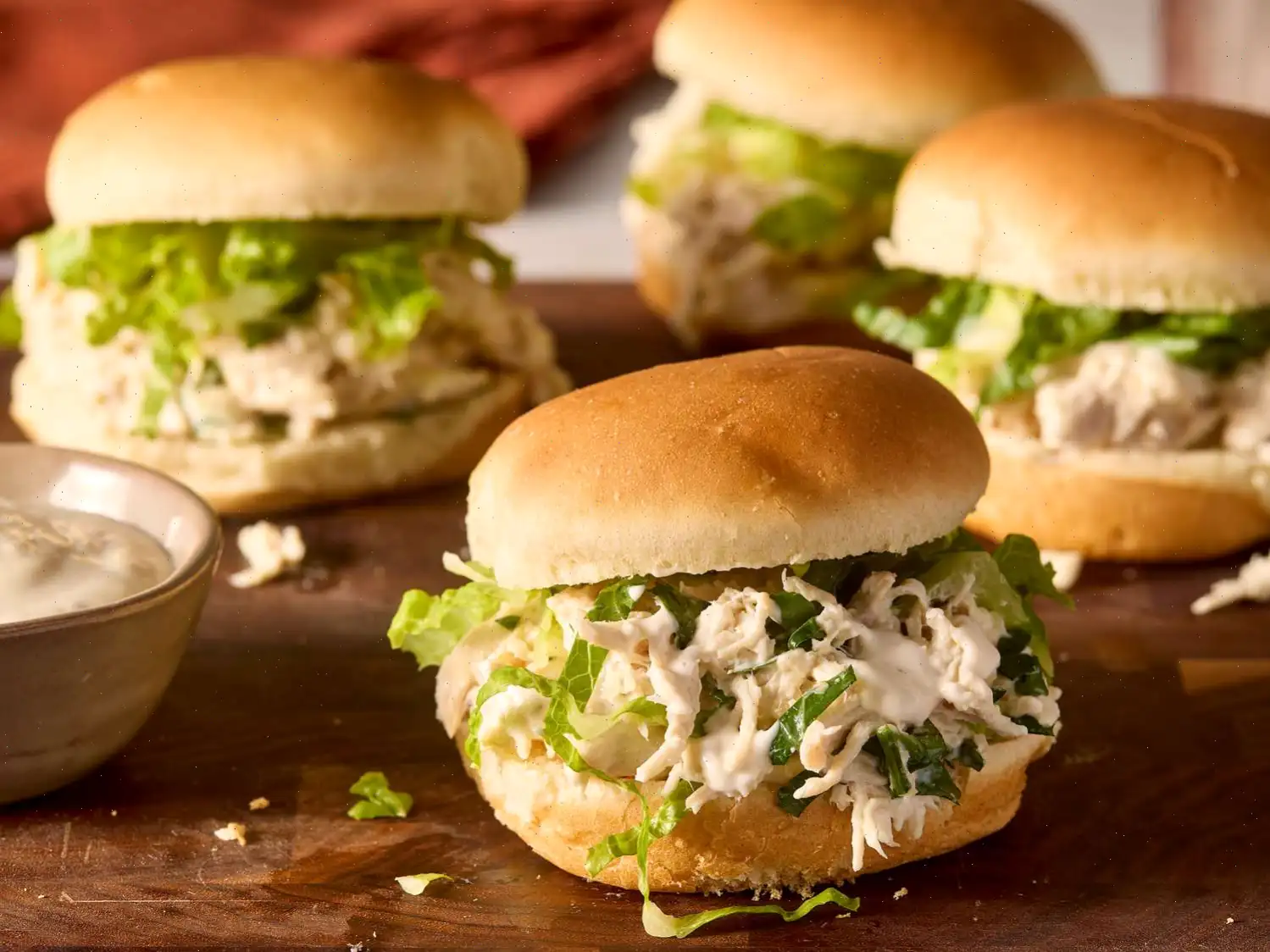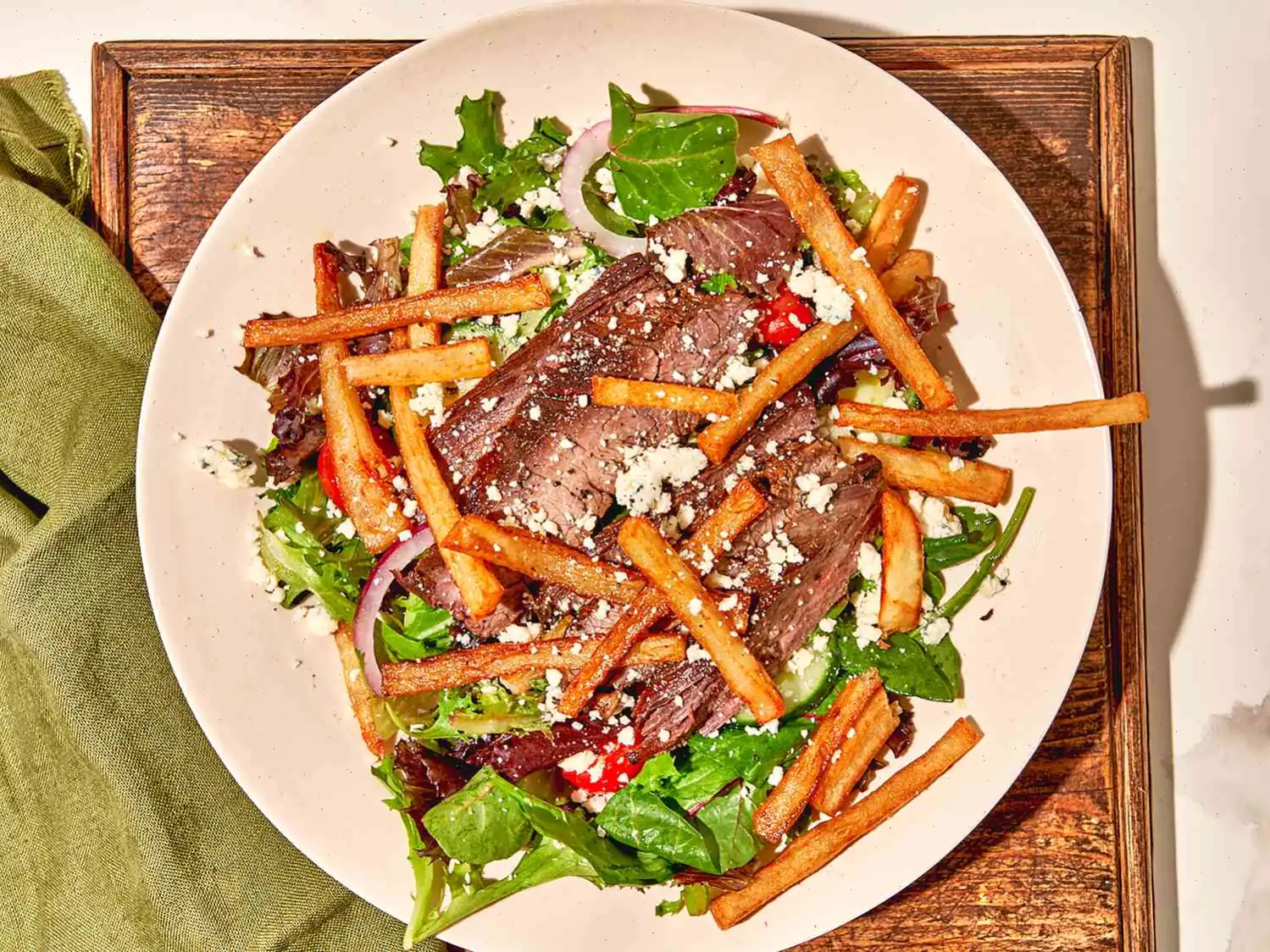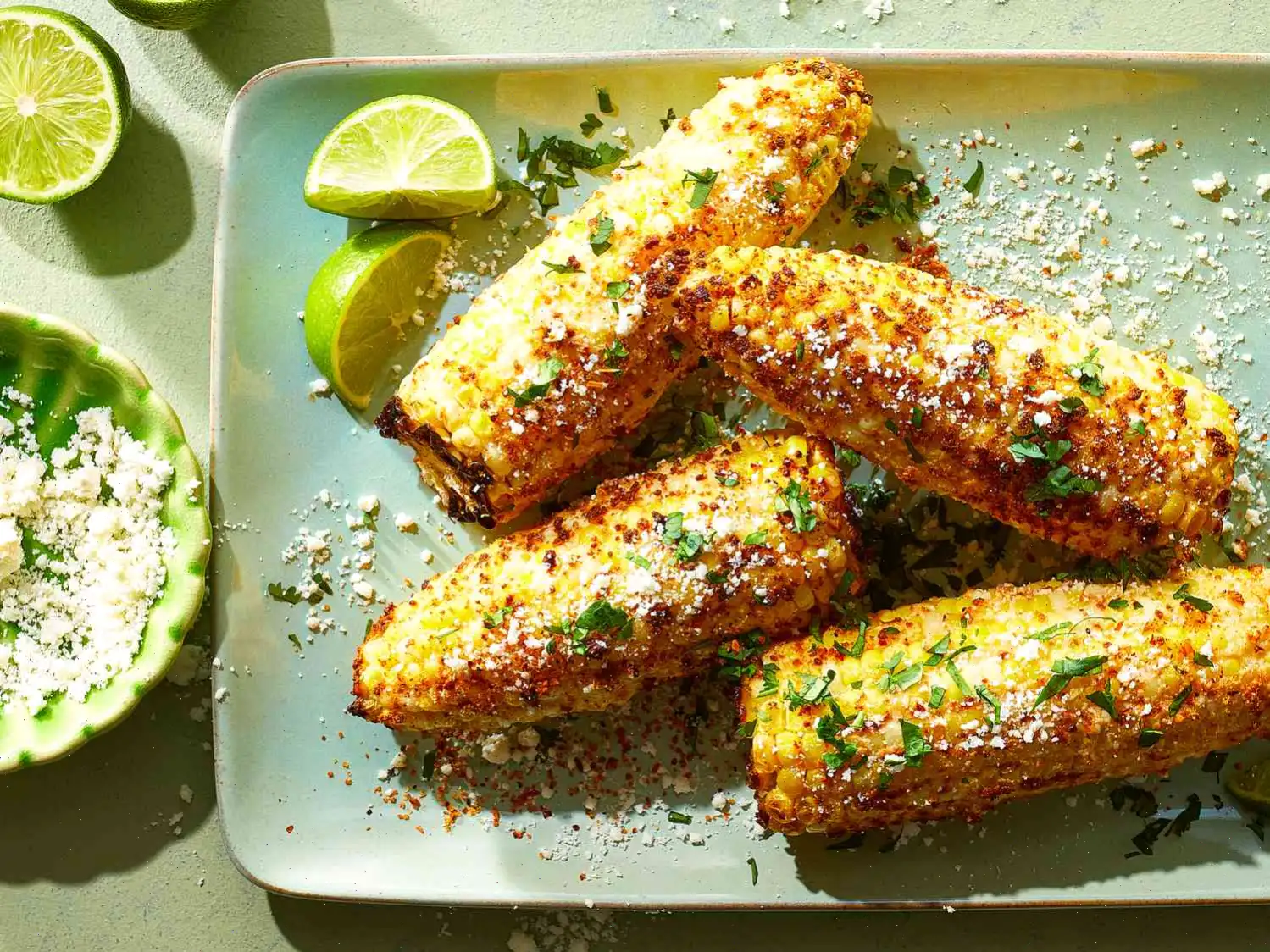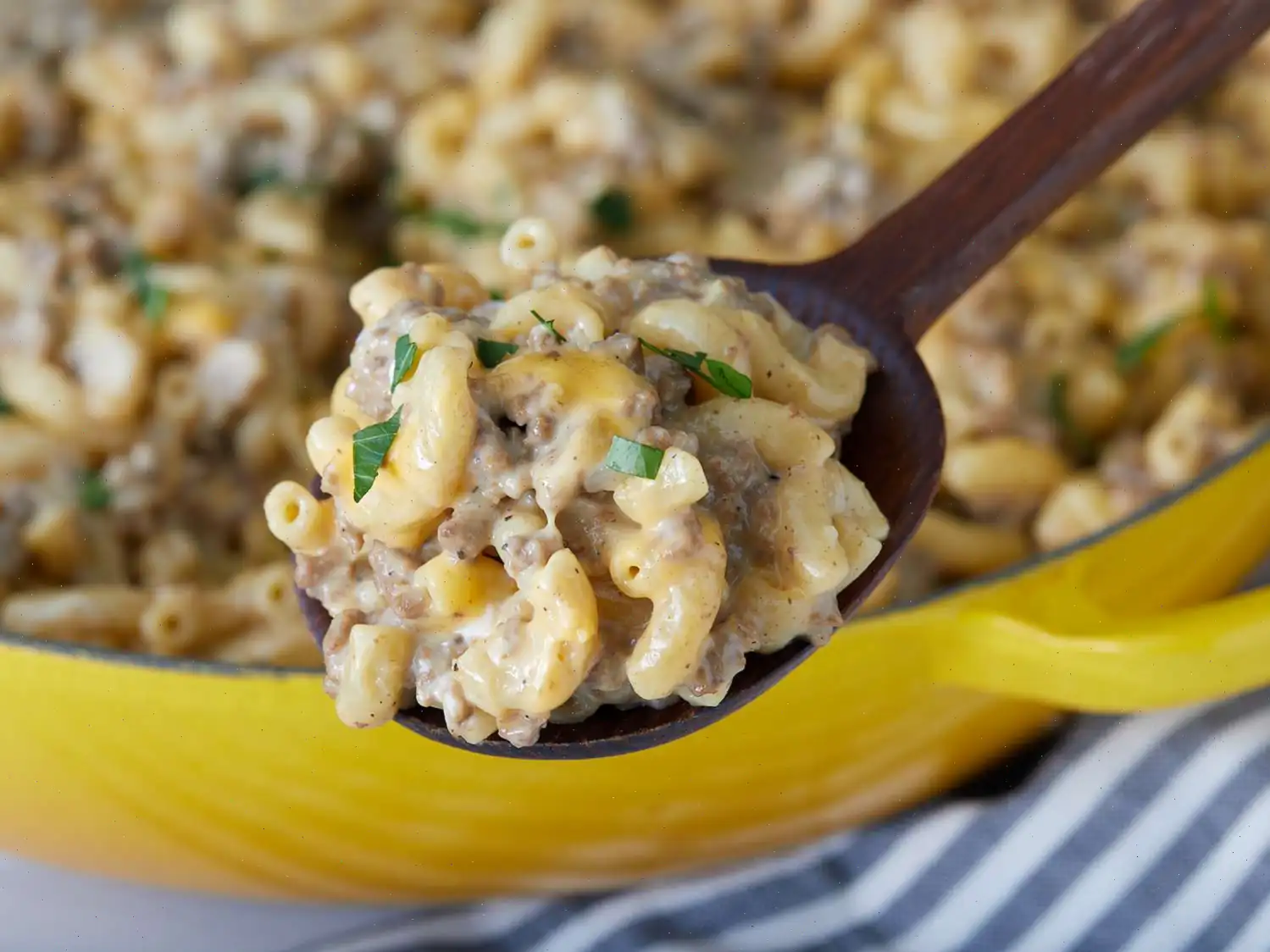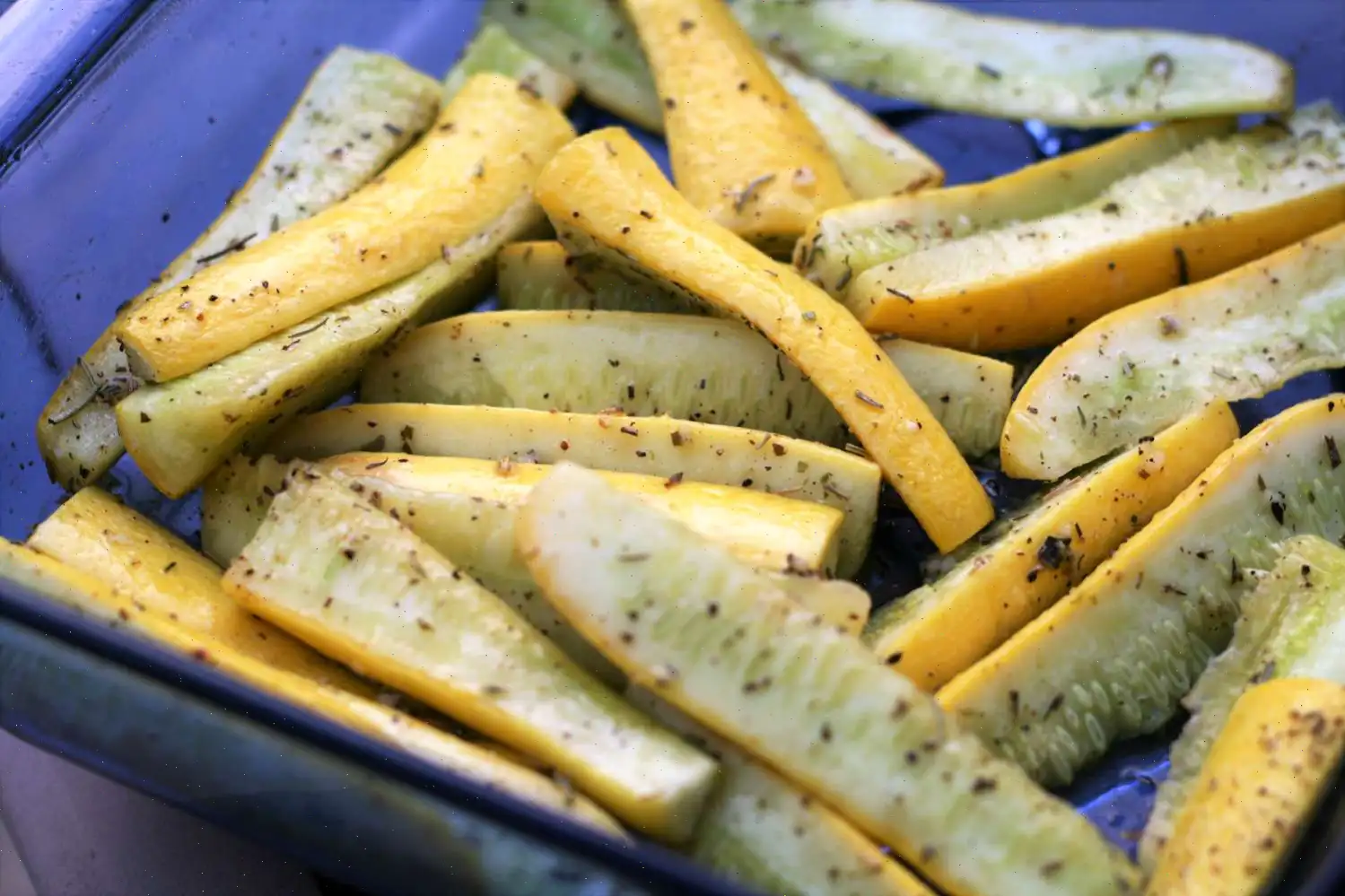
Tonkatsu Recipe
Ingredients
- 4 (4 ounce) boneless pork chops
- Salt and ground black pepper to taste
- 2 cups oil for frying, or as needed
- cup all-purpose flour
- 1 egg, beaten
- cup panko (Japanese-style) bread crumbs
Directions
Step 1: Place the pork chops between two sheets of heavy plastic (resealable freezer bags work well) on a solid, flat surface. Use the smooth side of a meat mallet to pound the pork chops to about -inch thickness (roughly 0.75 cm). Season with salt and black pepper.
Step 2: Pour inch (1.25 cm) of oil into a skillet and heat over medium-high heat until it reaches 375F (190C).
Step 3: Meanwhile, prepare three bowls: one with flour, one with the beaten egg, and one with panko bread crumbs. Beat the egg in its bowl. Then, dredge each pork chop in the flour, shaking off any excess. Next, dip the pork chop into the beaten egg, allowing the excess to drip off, and finally press it into the panko bread crumbs, ensuring both sides are well coated. Tap off any loose crumbs.
Step 4: Place the breaded pork chops on a plate, making sure they are not stacked on top of each other. Carefully lower the breaded chops into the hot oil. Fry for about 4 minutes on each side or until they are golden brown and cooked through.
Step 5: Once cooked, transfer the pork chops to a plate lined with paper towels to drain off excess oil.
Nutrition Facts (per serving)
- Calories: 290
- Total Fat: 17g (22% Daily Value)
- Saturated Fat: 4g (18% Daily Value)
- Cholesterol: 77mg (26% Daily Value)
- Sodium: 136mg (6% Daily Value)
- Total Carbohydrate: 20g (7% Daily Value)
- Dietary Fiber: 0g (1% Daily Value)
- Total Sugars: 0g
- Protein: 17g (35% Daily Value)
- Calcium: 10mg (1% Daily Value)
- Iron: 1mg (5% Daily Value)
- Potassium: 199mg (4% Daily Value)
Editor's Note: The nutritional information includes the full amount of the breading ingredients, although the actual amount of breading consumed will vary. The oil for frying is considered at a 10% retention value after cooking, but this can vary depending on cooking time, temperature, ingredient density, and the type of oil used.
History and Origins of Tonkatsu
Tonkatsu, a beloved Japanese dish consisting of breaded and deep-fried pork cutlets, has its roots in Western-style cuisine introduced to Japan during the Meiji Era (1868-1912). The dish is a Japanese adaptation of the European schnitzel, influenced by the Western concept of frying breaded meat. The name "tonkatsu" comes from "ton" meaning pig (or pork) and "katsu," a shortened form of "katsuretsu," which is the Japanese word for cutlet. Over time, tonkatsu evolved into a distinctly Japanese comfort food that is now a staple in many households and restaurants across the country.
Regional Variations
Though tonkatsu is popular throughout Japan, its preparation and accompaniments can vary by region. In Tokyo, tonkatsu is often served with shredded cabbage and a sweet, savory tonkatsu sauce. In contrast, the western region, particularly Osaka, is known for its distinct method of serving tonkatsu with a side of curry, creating the delicious "katsu curry" variation. In addition, regional differences in breading thickness, seasoning, and serving styles add unique twists to the dish, making each version slightly different while staying true to its origins.
How Tonkatsu Differs from Similar Dishes
Tonkatsu may seem similar to other breaded and fried dishes like schnitzel or chicken fried steak, but the differences are subtle and important. The key distinction lies in the use of panko (Japanese breadcrumbs) for breading, which gives tonkatsu its signature light, crispy texture compared to the denser crust of other fried meat dishes. The accompanying tonkatsu sauce, a tangy and slightly sweet mixture of fruits, vegetables, and seasonings, further sets this dish apart from others, providing a unique balance of flavors that enhances the pork without overpowering it.
Where is Tonkatsu Served?
Tonkatsu can be found across Japan, from street vendors to high-end restaurants. It is commonly served in specialized tonkatsu shops called "tonkatsu-ya" and is a popular choice in casual dining settings. In addition to restaurants, tonkatsu is often enjoyed at home, where it is frequently paired with rice, miso soup, and a side of pickles. The dish is also a popular choice in bento boxes for lunch, offering a convenient and satisfying meal on the go.
Fun Facts About Tonkatsu
- Tonkatsu is traditionally made using pork loin or tenderloin, though variations using other cuts of pork, such as pork chop, are also common.
- The breading for tonkatsu typically consists of three steps: flour, beaten egg, and panko breadcrumbs. This triple-coating technique is what gives the dish its distinctive crunch.
- While tonkatsu was originally a Western-style dish, it has been so thoroughly adopted into Japanese culture that it is often considered a national dish, similar to how tempura or sushi are viewed.
- In addition to the classic tonkatsu, there is a popular variation called "katsudon," which features the fried cutlet placed on top of a bowl of rice and covered with a savory egg-based sauce.
- In Japan, the word "katsu" is associated with victory, particularly in the context of exams or competitions. It is a common superstition to eat tonkatsu before an important event to ensure success!
FAQ about Tonkatsu Recipe
Comments
TAMMIEFLICK
10/06/2025 01:52:54 PM
We love these pork chops, I use a whole pork loin when it is on sale, lightly freeze and slice very thin(no pounding necessary)...the first time I made them as is and they were good, but missing something. The second time I made them I seasoned the flour with garlic, ginger, salt, and pepper and they were fantastic! Such a small change made such a big difference in flavor!! My 9yr old that rarely eats much meat ate 6 of these...not sure where he put them ;-) Served with jasmine rice, stir fry veggies(frozen bag of stir fry blend + bag frozen broccoli), and buttered potatoes(chinese buffet style)...but the pork chops are always the highlight of the meal!!
France Cevallos
02/03/2020 04:26:05 PM
Delicious! I used pork tenderloin which I pounded thin. Breading came out very crispy, while the inside was tender and juicy. I served these with Aldi's BangBang sauce because that's what I had on hand. Yum!
Sharon Johnson
01/04/2021 04:22:03 PM
So satisfying and full of flavor.
jack
09/25/2014 12:41:00 PM
This is ok but marinating the pork after being pounded thin, with Rice wine, and pinch of sugar and dash of sesame oil makes it more than a modified Austrian schnitzel which this basically is..
Cheri Anne Bellino
08/09/2016 02:55:51 PM
My boyfriend and I love this! Need to make it again soon. I made my own little sauce to go with (just ginger (used the stuff from the jar) soy, and wasabi! Went soo well with it. Can't remember exactly what I did for a side but I'm thinking next time just some kind of boxed Asian pasta.... Oh! I used thin pork chops but I like one of the reviews about using a tenderloin...that would be even better! :o)
Nick H
01/18/2020 10:31:19 PM
This recipe turned out great! As I was frying in a cast iron pan for the first time, I underestimsated how hot the oil would get, and ended up burning the first couple cutlets. After I changed out the oil and cooked on medium heat, they all turned out better than I expected!
Allrecipes Member
08/06/2017 06:24:01 PM
I used pork tenderloin and pounded it to about an half an inch. very light and crisp. Will make this again soon.
Ronzo
08/03/2018 02:10:34 AM
i used KARA-AGE Japanese style Fried Chicken Coating. Very flavorful breading.
MrsDeHav
08/22/2013 07:52:25 AM
This was a great, basic Tonkatsu recipe! I also seasoned the pork chops with garlic and some ground ginger for added flavor. This was served with a salad and Tonton Ginger dressing (found at Wegmans and Costco).
Amy
07/10/2021 11:51:37 PM
oh wow. very good. first time attempting to make with home raised pork. used pork cutlets and pounded them from half inch to 1/4 inch. will make again...and again. thanks!
Maggie Valade
12/04/2020 07:28:13 PM
The whole family loved these chops. I will surely cook them more often than any other pork chop. East to prepare.
Kathy
01/26/2019 05:29:12 PM
Made this. Followed recipe exactly. Turned out really great. Definitely a saver.
Jazmin
11/12/2018 10:11:21 PM
Made it today came out delicious. Follow the recipe just the way it was written. Son went for seconds which was mine lol. Hubby loved it as well also asking for more. Will have to make again soon. All and All everyone was happy with dinner. Thank you for sharing your recipe with me and others.
sheila
05/27/2018 03:39:04 PM
What's not to love! I serve this with YUZU hot sauce from Trader Joes's.
ShueJJ
01/29/2018 11:47:04 PM
This was good, but we all preferred the Chicken version.
dabomb666
02/09/2016 07:34:20 AM
Absolutely amazing!!!!
Lek
03/29/2014 12:36:59 AM
Yummy and nutritious, quick and easy meal. My family like it. I add a little salt and pepper to the crumbs to make it tastier : )
pixiestixy
12/14/2013 03:48:49 PM
Simple and delicious tonkatsu - it was perfect as is with no alterations. I did take some additional steps with some of my tonkatsu to make it into Katsudon. Amazing!


